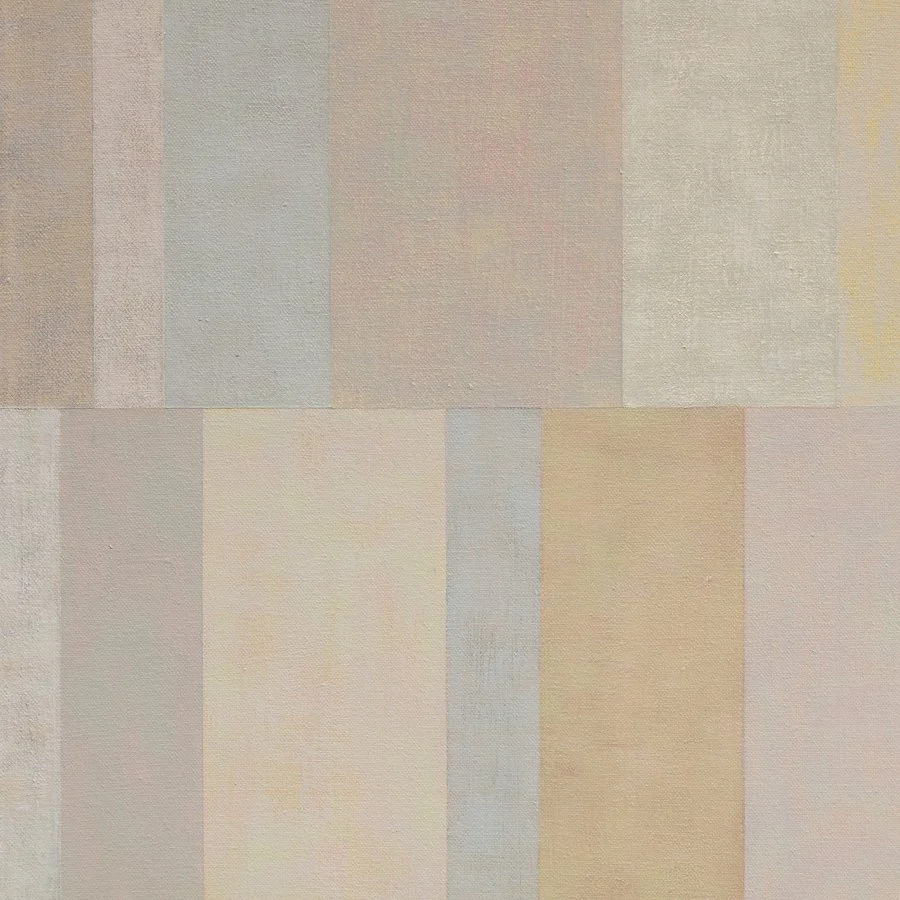Today I have been thinking a lot about words, the pleasure of words, and the significance of pleasure. Forced to leave the confines of my studio to buy more Cobalt Blue today, I found myself wandering astray from my designated errand and into a dangerously glorious bookstore. Bookstores have become forbidden territory for me. You see, I have a weakness for books. I think I have mentioned this before. I don't think I have ever been able to leave a bookstore empty-handed, and trying to live on a less than adequate budget these days should preclude me from indulging in my compulsive addiction to the printed word. But once inside a bookstore, surrounded by the promise of a million ideas and insights, epic narratives and perfect poetic phrases, I have no choice but to succumb to temptation. And today was no exception.
To ease my guilt, I usually buy books related to art. These can easily be justified as a necessity for my studio practice and as an investment in my career - and they do feed my painting. But lately I have been craving inspiration and experiences that lie outside the world of art and images. Lately, I have been craving pleasure. Art and painting give me pleasure, of course, but I engage with art with an intensity and intentionality that, let's face it, is work (not that I'm complaining). But now putting the brushes and art theory books aside here and there, I have begun to play the piano again, pulling out the Beethoven Sonatas and Chopin Etudes that I once played effortlessly. And I have been searching for the next great novel to read, startled to discover that I have no unread books of fiction left on my shelves. I want my mind to wander, to feast on new flavors, to be prodded by new sensations.
Strolling through the aisles of the bookstore today, the word 'pleasure' kept coming to mind, along with its insistent cousin 'please' - not the ingratiating 'to please' or timorous 'pleasing', but the desirous command. I want to feel it. I want to see it. I want to understand it. Please. I am not referring to the easily understood experience of sexual pleasure, but to the more complex and mystifying forms of pleasure that are experienced in the mind. I'm convinced this experience of pleasure is still full of visceral need, not a form of indulgence or merely part of the pursuit of a simplistic and fluffy 'happiness'. It is the pleasure of great art and haunting beauty, big ideas and fresh perceptions. It is necessary. It is at the core of what makes us human, of what makes living interesting and wondrous. And I want more. I need more.
Please.
To ease my guilt, I usually buy books related to art. These can easily be justified as a necessity for my studio practice and as an investment in my career - and they do feed my painting. But lately I have been craving inspiration and experiences that lie outside the world of art and images. Lately, I have been craving pleasure. Art and painting give me pleasure, of course, but I engage with art with an intensity and intentionality that, let's face it, is work (not that I'm complaining). But now putting the brushes and art theory books aside here and there, I have begun to play the piano again, pulling out the Beethoven Sonatas and Chopin Etudes that I once played effortlessly. And I have been searching for the next great novel to read, startled to discover that I have no unread books of fiction left on my shelves. I want my mind to wander, to feast on new flavors, to be prodded by new sensations.
Strolling through the aisles of the bookstore today, the word 'pleasure' kept coming to mind, along with its insistent cousin 'please' - not the ingratiating 'to please' or timorous 'pleasing', but the desirous command. I want to feel it. I want to see it. I want to understand it. Please. I am not referring to the easily understood experience of sexual pleasure, but to the more complex and mystifying forms of pleasure that are experienced in the mind. I'm convinced this experience of pleasure is still full of visceral need, not a form of indulgence or merely part of the pursuit of a simplistic and fluffy 'happiness'. It is the pleasure of great art and haunting beauty, big ideas and fresh perceptions. It is necessary. It is at the core of what makes us human, of what makes living interesting and wondrous. And I want more. I need more.
Please.










